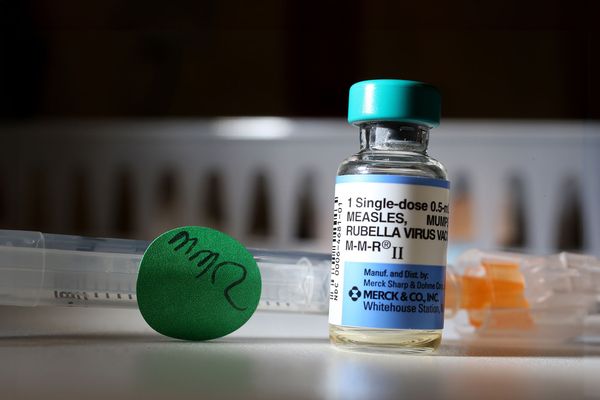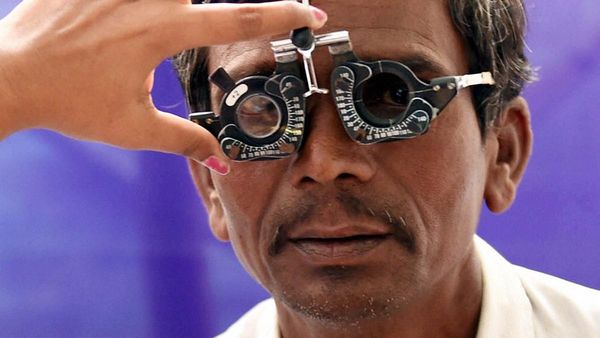A method to quickly classify central nervous system (CNS) tumours, combining rapid sequencing and deep-learned AI models, may enable molecular diagnosis in less than 90 minutes, according to a study published in Nature. The findings demonstrate the potential feasibility of obtaining molecular diagnosis of tumours during surgery to assist surgical decision making.
Primary treatment of CNS tumours involves surgical removal of the tumours, which requires careful consideration to strike a balance between maximising the removal of tumorous tissue while minimising the risk of neurological damage and other complications. The current standard practice relies on preoperative imaging and histological analysis during surgery, but these methods are not always conclusive and occasionally incorrect. Sequencing DNA to uncover methylation profiles could reveal information about the origin and prognosis of a tumour, but it usually takes several days to get the results.
To obtain DNA methylation profiles quickly enough to provide a diagnosis during surgery, Jeroen de Ridder from Oncode Institute, Utrecht, The Netherlands and others used a technology called nanopore sequencing. This method is faster, but the data generated has much less coverage of genetic sites compared with traditional sequencing technologies. To enable molecular classification of CNS tumours with such sparse data, the researchers developed a neural network tool named ‘Sturgeon’. “We developed Sturgeon, a patient-agnostic transfer-learned neural network, to enable molecular sub classification of central nervous system tumours based on such sparse profiles,” they write.
After training and validating the tool with simulated data, the authors tested Sturgeon on data from CNS tumour samples. Sturgeon correctly classified 45 out of 50 samples based on data equivalent to 20-40 minutes of sequencing. The authors also demonstrated Sturgeon’s performance and applicability in real time during 25 surgeries, achieving a diagnostic turnaround time of less than 90 minutes. “Of these, 18 (72%) diagnoses were correct and seven did not reach the required confidence threshold. We conclude that machine-learned diagnosis based on low-cost intraoperative sequencing can assist neurosurgical decision-making, potentially preventing neurological comorbidity and avoiding additional surgeries,” they write.
The findings demonstrate that deep-learned diagnosis based on fast sequencing during surgery may be able to assist neurosurgical decision making and potentially improve prognosis of patients.










